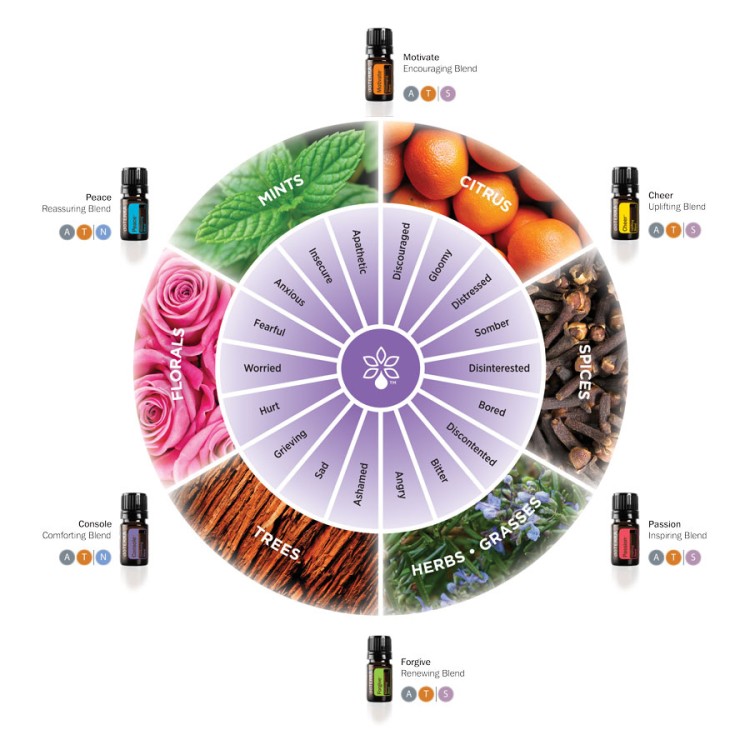
In the world of aromatherapy, the art of blending essential oils is akin to composing a symphony of scents—a harmonious blend that resonates with the senses and uplifts the spirit. With a myriad of botanical essences at our fingertips, each possessing its own unique aroma and therapeutic properties, the possibilities for creating custom blends are endless. Join us as we explore the enchanting world of essential oil blending and discover how you can craft personalized aromatic experiences for holistic well-being.
Understanding Essential Oil Notes
Before we dive into the art of blending, it's essential to understand the concept of essential oil notes. Similar to musical notes, essential oils are categorized into three main categories based on their volatility and evaporation rates:
Top Notes: These are the first aromas you perceive when you inhale a blend. Top notes are typically light, refreshing, and uplifting, with quick evaporation rates. Examples include citrus oils like lemon, bergamot, and grapefruit.
Middle Notes: Also known as heart notes, these aromas emerge after the top notes have dissipated. Middle notes provide body and balance to a blend, often exhibiting floral, herbaceous, or spicy characteristics. Examples include lavender, rosemary, and chamomile.
Base Notes: These are the foundation of a blend, offering depth, richness, and longevity. Base notes have slow evaporation rates and linger on the skin or in the air for hours. They often have earthy, woody, or resinous aromas. Examples include sandalwood, patchouli, and frankincense.
The Art of Blending
Now that we've acquainted ourselves with essential oil notes, let's explore the art of blending. Creating a well-balanced blend involves selecting oils from each category to achieve synergy and harmony. Here are some tips to guide you along the way:
Start with a Vision: Before you begin blending, have a clear intention or vision for your blend. Are you seeking relaxation, energy, clarity, or balance? Let your desired outcome guide your selection of oils.
Choose Your Oils: Select essential oils that not only complement each other aromatically but also offer complementary therapeutic benefits. Consider the properties of each oil and how they align with your desired outcome.
Mind the Ratios: Pay attention to the ratios of each oil in your blend. Start with a base oil (typically the one with the strongest aroma or therapeutic effect), followed by middle and top notes. Aim for a balanced blend that allows each oil to shine while harmonizing with the others.
Blend with Intention: As you blend your oils together, do so with mindfulness and intention. Visualize the synergy of the oils coming together to create a cohesive aroma that resonates with your mind, body, and spirit.
Test and Adjust: Once you've created your blend, test it on a small area of skin or in a diffuser to evaluate its aroma and effects. Feel free to adjust the ratios or add/remove oils as needed until you achieve the desired result.
Personalized Aromatic Experiences
The beauty of blending essential oils lies in its ability to create personalized aromatic experiences tailored to your unique preferences and needs. Whether you're seeking relaxation, inspiration, or emotional support, there's a blend for every occasion. Experiment with different combinations of oils, trust your intuition, and let your senses be your guide on this aromatic journey of self-discovery.

|

|
Currently, there are no comment.
Login to comment